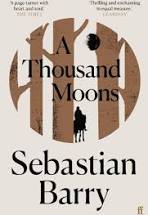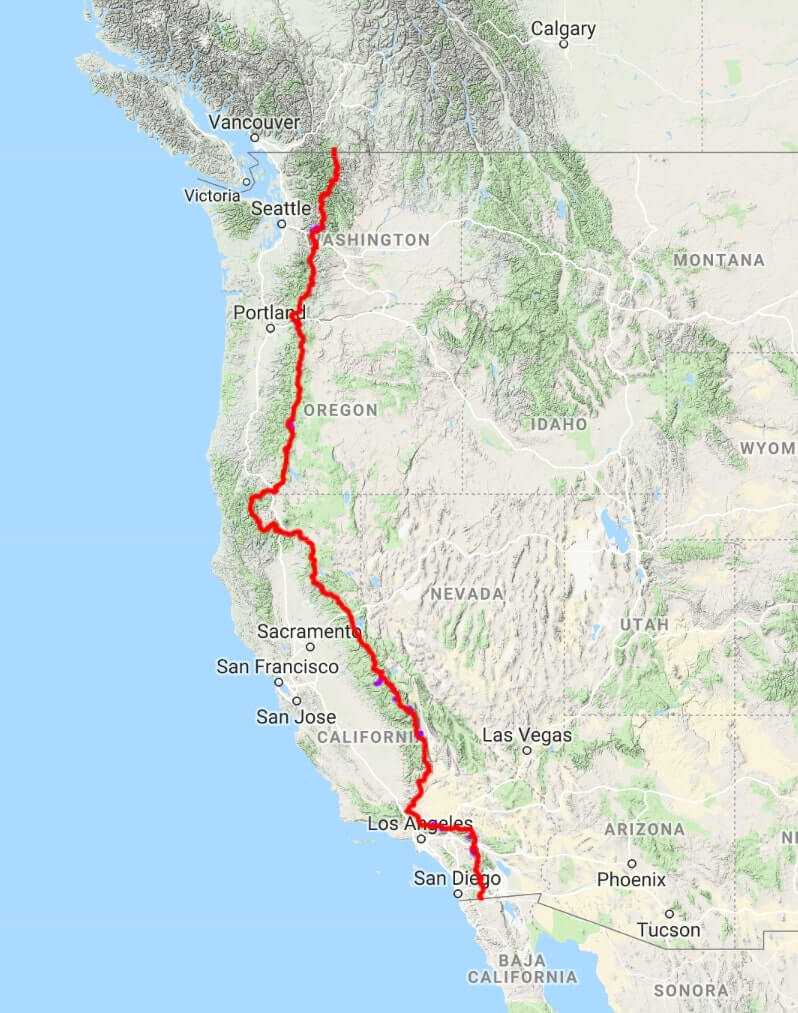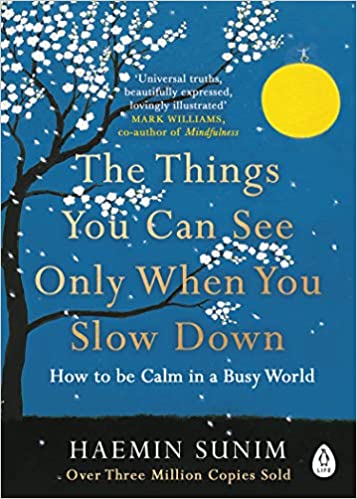I am not a huge fan of celebrities writing books; memoirs I can just about get (if they have had interesting lives and have fans then I can see people might want to read about them), but I bristle slightly when I see celebrities capitalising on their success in other fields by publishing a book. David Walliams has carved out a second career as a children’s author and seems to be more of a writer than a comedian these days. Miranda Hart has also dabbled in children’s fiction, with a bit less success, I think. For adult readers, Dawn French and Ruth Jones have also been very successful. I have resisted all of these. There’s nothing wrong with it, of course, it’s my total prejudice! I suppose I just think that it is so hard for unknown authors to get published, that it’s kind of annoying when someone uses their fame to jump the queue, especially if their book is inferior. Why don’t they seek publication under a pseudonym and try their luck with the rest of us? Jealous, me? You bet!
You can understand why publishers would want a famous person to publish under their own name, of course. And you could argue that if it gets someone buying a book which they might not have done if it was written by A N Other, then that’s a good thing. And perhaps that purchase subsidises less well-known authors? It’s never as simple as it seems at first. For the celebrity, of course, there is also a risk – what if people read the book and think it’s not very good? Then their reputation for eg comedy, acting or singing, which may have been cultivated through years of hard work, could easily be put at risk.

I had no interest in Richard Osman’s book published in September last year, The Thursday Murder Club, which has been a rip-roaring success. It quickly became a best-seller and has sold hundreds of thousands of copies. A sequel is due to be published next month and the film rights have been bought by Steven Spielberg. Then a neighbour passed it on to me – she did not rate it very highly (neither did another neighbour), but my book club decided to give it a go. So, fate threw the book my way.
There are four main characters making up the eponymous Thursday Murder Club – Elizabeth, who has a shady past, possibly in the secret service, Ron, a former trade union leader, Ibrahim, a retired psychiatrist, and Joyce, a widow of no particular distinction. They all live in a high-end retirement village in Kent, which is on the site of a former convent. The village is owned by spivvy, property developer Ian Ventham. The quartet meets every week to discuss unsolved murder cases, and they amuse themselves by trying to work out whodunnit and how. They get their case files from Penny, a former detective and fellow resident, now with severe dementia, cared for by her husband. Penny should not have kept the files, but she did.
While studying one particular case, Tony Curran, a local man with a criminal past, former associate of both Ventham and Ron’s son Jason (who happens to be a famous former boxer, now retired), is murdered. The group now has a real life case to look at! Using wily and underhand means, Elizabeth and Joyce manage to get in with the local murder squad investigating the case – Joyce is something of an innocent and is led into deceit by Elizabeth, although she does not seem to mind. They target a young local officer, Donna, who has transferred from London following a relationship breakdown, to get them access to privileged information and they persuade her on the basis that they can ensure she is attached to the murder squad; Donna is ambitious and agrees. The other police officer who becomes central is Chris, a middle-aged, lonely, overweight, long in the tooth type, who fancies that he knows it all, but seems to be easily manipulated by the retirees. Whilst the Thursday Murder Club is considering the case another murder takes place under their noses, this time it’s Ian Ventham, the owner of the retirement village.
I think that’s enough plot information to give you an idea of where it’s all going. It is quite a clever complex plot, and it does not turn out how you think it’s going to. The activities of the Thursday Murder Club, their methods, their characters, bring an element of comedy, which you would expect from Osman, whom, I have to say, I have always liked on television. But, there is also an inescapable poignancy, not just from the fact that several people get killed (!), but also because all the residents know they are in the latter stages of their lives and death may not be far away for any of them; in fact they have to deal with it all around them on a fairly regular basis. Perhaps this is what makes them fearless, even reckless sometimes. There are some plot easements which lack a bit of credibility, which are mostly explained away by Elizabeth’s ‘access’ to people and information by virtue of her past life, and which need to remain confidential. But this book is not meant to be completely rigorous. It’s a bit of escapism with a message, that life is short and we should grasp opportunities when they come along.
The pace of the book dipped a bit in the middle for me, but overall, I have to admit I enjoyed it. Recommended if you like your murder on the lighter side.









